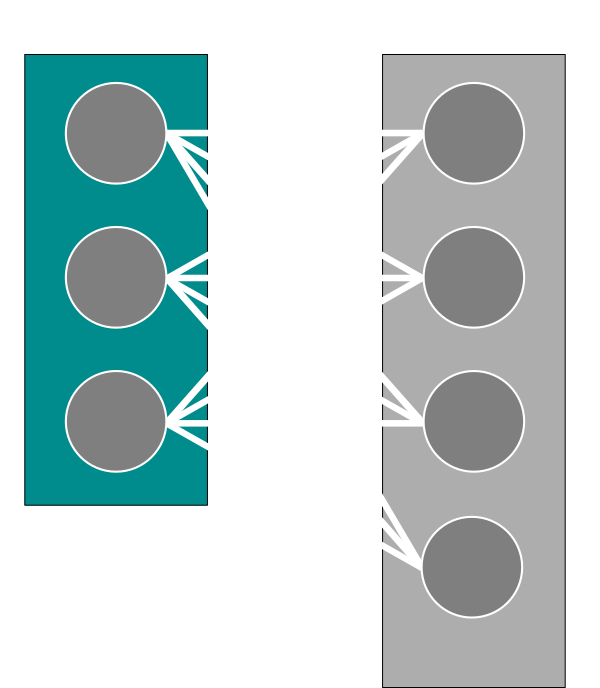What is Quantum Machine Learning, and is it a Thing?
#ML4ALL | 30 April 2019
Sarah Kaiser
@crazy4pi314
Pensar Development

Data model for quantum computers
Quantum + bits = QUBITS!
To represent the state of $n$ qubits, we use a complex valued vector $2^n$ elements long, called a ket.$$|x_{n}\rangle = \begin{bmatrix} \alpha_{1}\\ \alpha_{2}\\ \alpha_{3}\\ ...\\ \alpha_{2^n}\end{bmatrix}$$
Example: 2 qubit register
To represent the state of 2 qubits, we use a complex valued vector $2^2 = 4$ elements long.$$|💖\rangle = \begin{bmatrix} 0\\ \frac{1}{\sqrt{2}}\\ \frac{-i}{\sqrt{2}} \\ 0 \end{bmatrix}$$
TL;DR on quantum computing
Quantum computers are not universally faster or more powerful. Think like GPUs!
The applications that are exciting in the near term are not necessarily the ones hyped.
We can start today programming and playing around with early hardware and simulators!
# 💖 Q# 💖 #

Demo
Code here: GitHub
Quantum Neural Nets

- We can train restricted Boltzmann machines faster on a quantum computer
- Encoding the problem in qubits is a problem, need qRAM to make useful
For more look here: Quantum Machine Learning
Takeaways:
Keep it real* when reading about quantum computing 😎
Quantum resources necessitate changing how we think about algorithms
Quantum machine learning is exciting, but very alpha